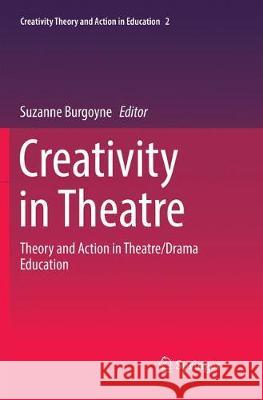Creativity in Theatre: Theory and Action in Theatre/Drama Education » książka
topmenu
Creativity in Theatre: Theory and Action in Theatre/Drama Education
ISBN-13: 9783030076825 / Angielski / Miękka / 2018 / 287 str.
Creativity in Theatre: Theory and Action in Theatre/Drama Education
ISBN-13: 9783030076825 / Angielski / Miękka / 2018 / 287 str.
cena 539,74 zł
(netto: 514,04 VAT: 5%)
Najniższa cena z 30 dni: 535,99 zł
(netto: 514,04 VAT: 5%)
Najniższa cena z 30 dni: 535,99 zł
Termin realizacji zamówienia:
ok. 20 dni roboczych.
ok. 20 dni roboczych.
Darmowa dostawa!
Kategorie:
Kategorie BISAC:
Wydawca:
Springer
Seria wydawnicza:
Język:
Angielski
ISBN-13:
9783030076825
Rok wydania:
2018
Wydanie:
Softcover Repri
Numer serii:
000782156
Ilość stron:
287
Waga:
0.45 kg
Wymiary:
23.11 x 15.75 x 1.5
Oprawa:
Miękka
Wolumenów:
01











